TV brands are a crucial consideration when purchasing a new television. With so many options available, it can be challenging to determine which brand is right for you. In this article, we will explore the top TV brands of 2024 and provide you with the information you need to make an informed decision.
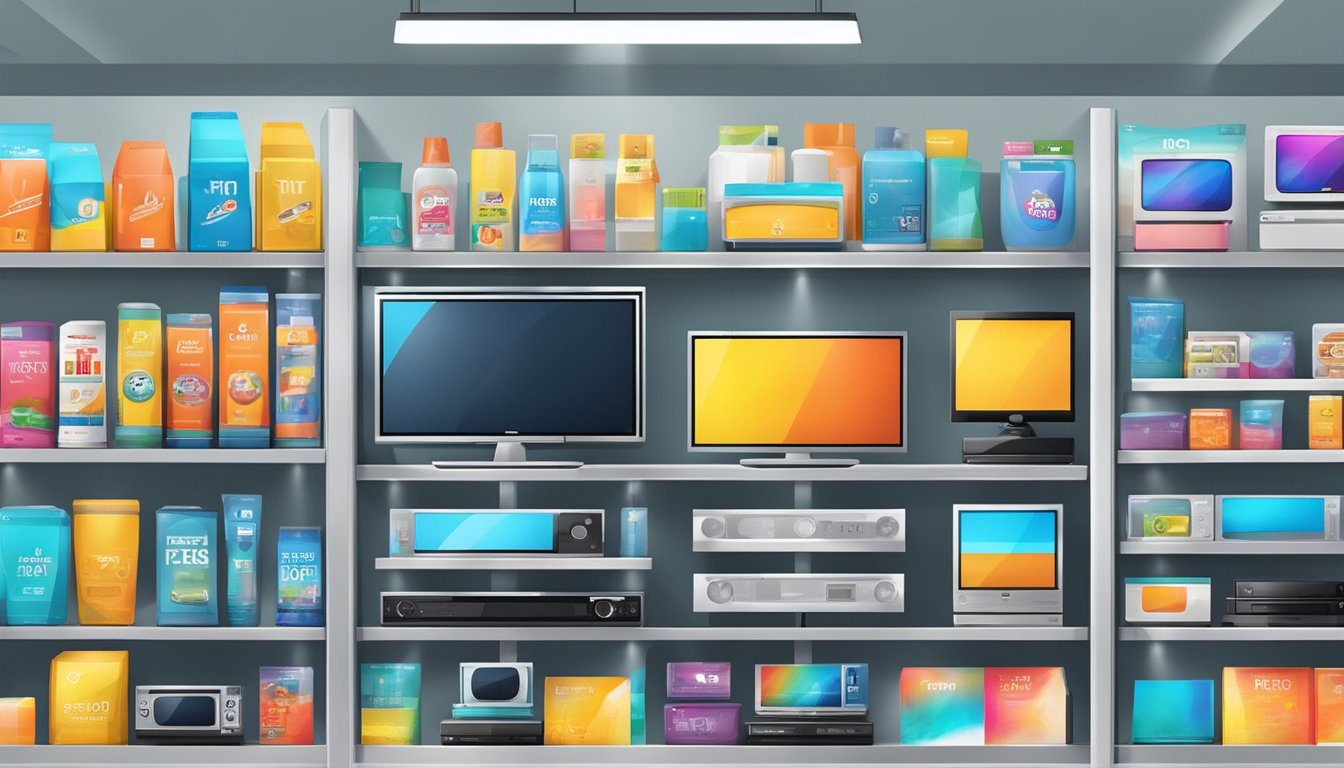
Pioneering TV brands such as Samsung, LG, Sony, and TCL have been leading the market in innovative display technologies, cutting-edge features, and performance. These brands offer a range of options to suit different budgets and needs, from budget-friendly models to high-end, premium TVs.
When choosing the right TV for you, it’s essential to consider factors such as display technology, operating systems, and user experience. In the following sections, we will delve into each of these factors and provide you with the information you need to make an informed decision.
Key Takeaways
- Top TV brands such as Samsung, LG, Sony, and TCL lead the market in innovative display technologies, cutting-edge features, and performance.
- When choosing a TV, consider factors such as display technology, operating systems, and user experience.
- With a range of options available to suit different budgets and needs, there is a TV brand out there for everyone.
Pioneering TV Brands

When it comes to the world of television, there are some brands that have been around for decades and have played a significant role in shaping the industry. These brands have not only produced some of the most innovative and high-quality TVs, but they have also set the standard for what we expect from our televisions.
One of the most well-known pioneering TV brands is Samsung. This South Korean company has been producing televisions since the 1970s and has consistently been at the forefront of innovation. Samsung is known for its high-quality displays and smart TV features. Their range of QLED and OLED TVs are some of the best on the market, offering stunning picture quality and vibrant colours.
Another pioneering brand is LG. This South Korean company has been producing televisions since the 1960s and has been a leader in the industry ever since. LG is known for its OLED TVs, which offer incredible picture quality and deep blacks. They also produce some of the best smart TVs on the market, with their webOS platform offering a seamless user experience.
Sony is another brand that has been around for decades and has played a significant role in the TV industry. This Japanese company has been producing televisions since the 1960s and has consistently been at the forefront of innovation. Sony is known for its high-quality displays and its range of Bravia TVs are some of the best on the market.
Panasonic is another brand that has been around for decades and has played a significant role in the TV industry. This Japanese company has been producing televisions since the 1950s and has consistently been at the forefront of innovation. Panasonic is known for its high-quality displays and its range of OLED TVs are some of the best on the market.
Philips is another brand that has been around for decades and has played a significant role in the TV industry. This Dutch company has been producing televisions since the 1930s and has consistently been at the forefront of innovation. Philips is known for its high-quality displays and its range of Ambilight TVs are some of the best on the market.
Sharp is another brand that has been around for decades and has played a significant role in the TV industry. This Japanese company has been producing televisions since the 1950s and has consistently been at the forefront of innovation. Sharp is known for its high-quality displays and its range of Aquos TVs are some of the best on the market.
Vizio is another brand that has been around for decades and has played a significant role in the TV industry. This American company has been producing televisions since the 2000s and has consistently been at the forefront of innovation. Vizio is known for its high-quality displays and its range of SmartCast TVs are some of the best on the market.
Overall, these pioneering TV brands have all played a significant role in shaping the television industry. They have consistently produced high-quality TVs that offer innovative features and stunning picture quality. If you’re in the market for a new TV, you can’t go wrong with any of these brands.
Innovative Display Technologies
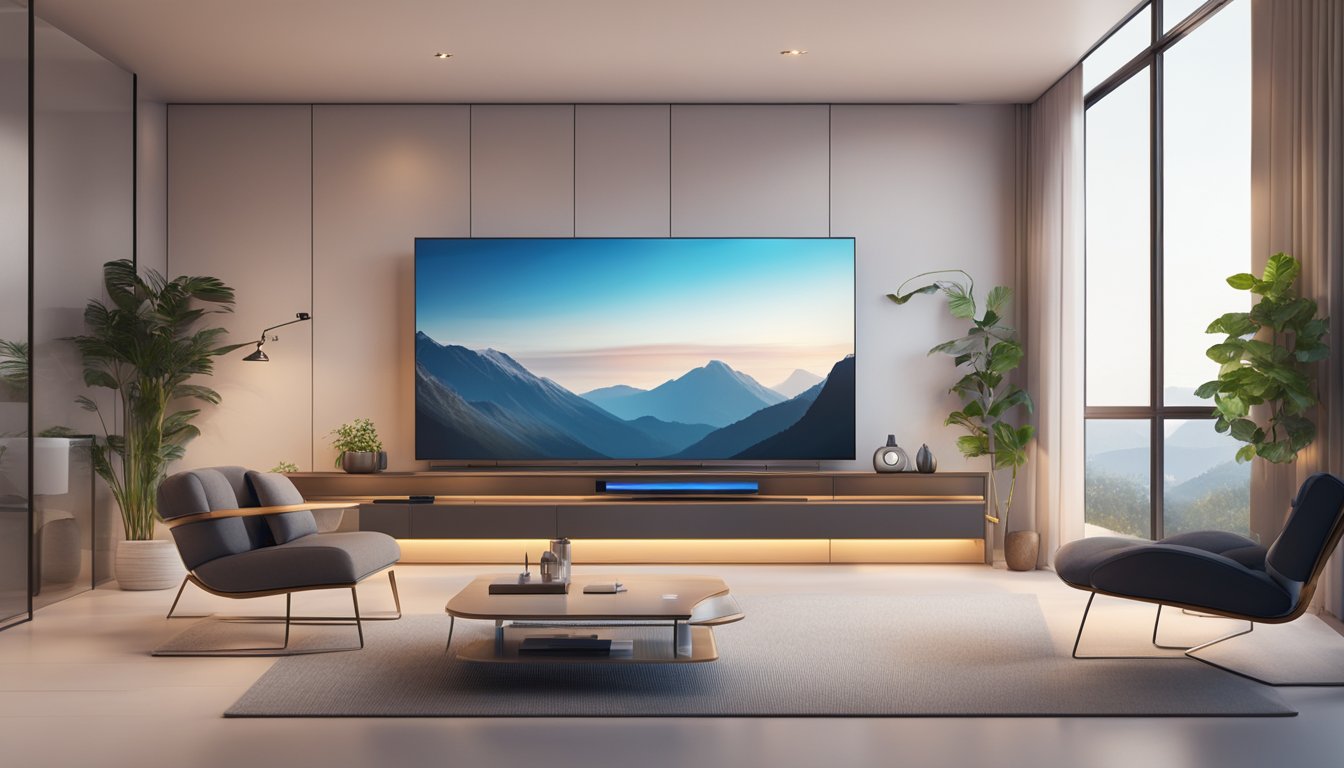
When it comes to purchasing a TV, one of the most important factors to consider is the display technology. With advancements in technology, there are now several display technologies available in the market. In this section, we will discuss the most innovative display technologies available in TVs today.
OLED TVs
OLED (Organic Light Emitting Diode) technology is a type of display technology that uses organic materials to create a light source. This technology is known for its deep blacks, high contrast ratio, and wide viewing angles. OLED TVs are also incredibly thin and lightweight, making them a popular choice for those who want a sleek and stylish TV.
One of the most significant advantages of OLED technology is that each pixel can be turned on and off independently, resulting in perfect black levels and vibrant colours. This makes OLED TVs ideal for watching movies and TV shows that have dark scenes. However, OLED TVs can be expensive, and they are not as bright as other display technologies.
QLED TVs
QLED (Quantum Dot Light Emitting Diode) technology is a type of display technology that uses quantum dots to create a light source. This technology is known for its bright and vibrant colours, making it an excellent choice for watching sports and playing video games.
One of the most significant advantages of QLED technology is that it is more affordable than OLED technology. QLED TVs are also brighter than OLED TVs, making them ideal for bright rooms. However, QLED TVs are not as good at producing deep blacks as OLED TVs.
Mini-LED and MicroLED TVs
Mini-LED and MicroLED are two new display technologies that are gaining popularity in the TV market. Mini-LED technology uses thousands of tiny LEDs to create a backlight, resulting in better contrast and deeper blacks. MicroLED technology, on the other hand, uses millions of tiny LEDs to create the entire picture, resulting in even better contrast and deeper blacks.
One of the most significant advantages of Mini-LED and MicroLED technology is that they offer better contrast and deeper blacks than both OLED and QLED technology. However, these TVs can be expensive, and they are not as widely available as other display technologies.
In conclusion, when purchasing a TV, it is essential to consider the display technology. OLED, QLED, Mini-LED, and MicroLED are all innovative display technologies that offer unique advantages and disadvantages. Consider your needs and budget before making a decision, and you’ll be sure to find a TV that meets your requirements.
Cutting-Edge Features and Performance

When it comes to buying a new TV, you want to make sure you’re getting the best features and performance for your money. Here are some of the cutting-edge features to look out for, as well as how they affect your viewing experience.
Smart TV Capabilities
Smart TVs are becoming more and more popular, and for good reason. With a smart TV, you can access online content, stream movies and TV shows, and even control your smart home devices. Some of the best smart TV platforms include Samsung’s Tizen, LG’s webOS, and Android TV.
Gaming and Refresh Rates
If you’re a gamer, you want a TV with low input lag and a high refresh rate. Input lag is the delay between your controller input and the action on the screen, while refresh rate is how many times per second the screen updates. Look for a TV with a refresh rate of at least 120Hz and a low input lag of around 10ms.
Picture Quality and Colour Reproduction
The picture quality of your TV is one of the most important factors to consider. Look for a TV with a high brightness level, good contrast ratio, and support for HDR10+ and Dolby Vision. These technologies provide a wider range of colours and better contrast, making your viewing experience more immersive.
When it comes to colour reproduction, look for a TV with a wide colour gamut and good colour accuracy. This will ensure that colours are displayed as accurately as possible, making your viewing experience more enjoyable.
Overall, when buying a new TV, you want to make sure you’re getting the best features and performance for your money. With these cutting-edge features, you can take your viewing experience to the next level.
Operating Systems and User Experience
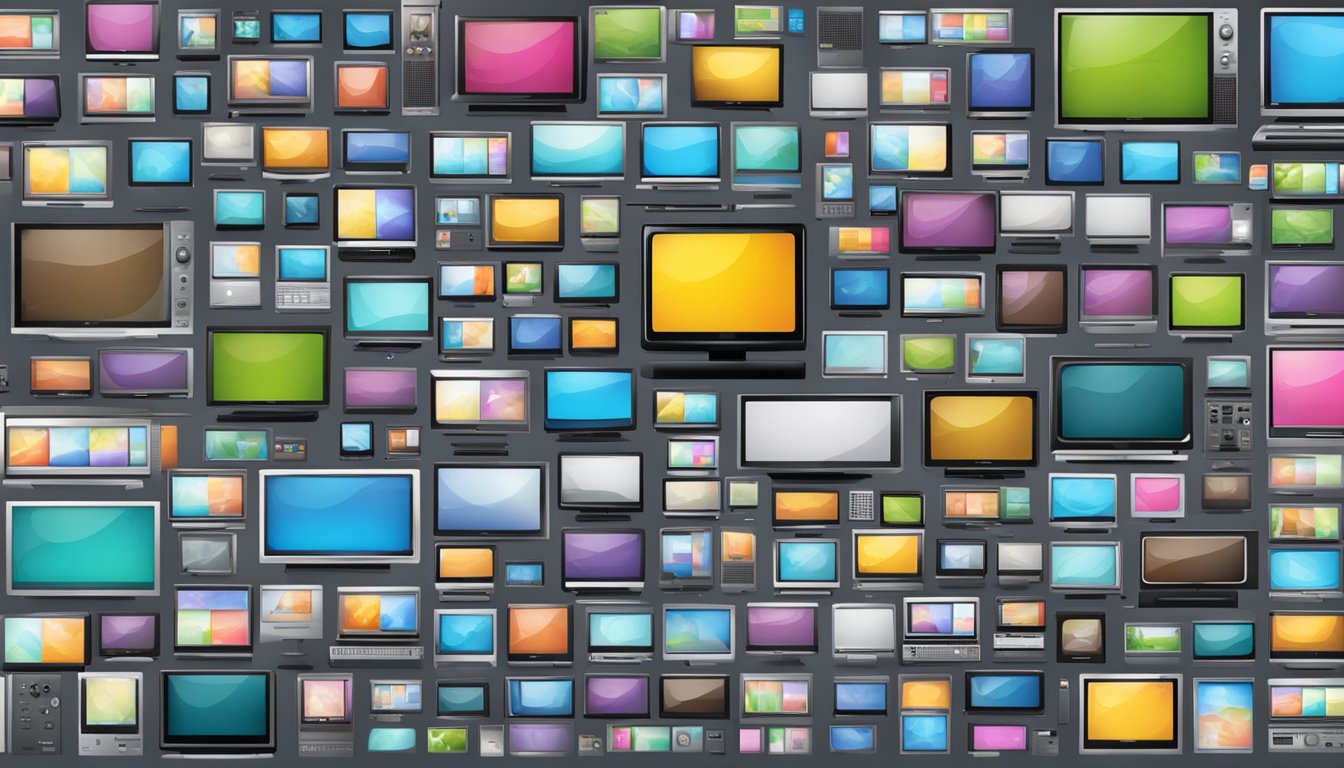
When it comes to smart TVs, the operating system (OS) is the backbone of the device, controlling various aspects of its functionality and user experience. In this section, we’ll take a look at some of the most popular operating systems available on smart TVs today.
Android and Google TV
Google’s operating system for smart TVs, Android TV, is an option that many brands have chosen to use, including Sony and Philips. Android TV offers a user-friendly interface with a vast selection of apps available on the Google Play Store. Additionally, Google Assistant voice control is integrated into Android TV, allowing you to control your TV with your voice.
Google TV, a newer version of Android TV, is available on select Sony TVs. Google TV offers a more personalized experience, with content recommendations based on your viewing history and preferences. It also has a sleeker interface and supports voice control through Google Assistant.
Tizen and WebOS
Samsung’s Tizen OS and LG’s WebOS are two of the most popular smart TV platforms on the market. Both operating systems offer a smooth and intuitive user experience, with a variety of apps available for download.
Tizen OS, which is used on Samsung TVs, features a customizable home screen, allowing you to easily access your favorite apps and content. It also supports voice control through Amazon Alexa and Samsung’s Bixby.
WebOS, which is used on LG TVs, has a simple and easy-to-use interface, making it a great option for those who are new to smart TVs. It also supports voice control through LG’s ThinQ AI and Amazon Alexa.
Roku and Amazon Fire TV
Roku and Amazon Fire TV are two popular smart TV platforms that offer a wide range of apps and streaming services. Roku’s operating system is used on TVs from brands such as TCL and Hisense, while Amazon Fire TV is used on TVs from Toshiba and Insignia.
Roku OS features a customizable home screen, allowing you to organize your apps and channels for easy access. It also supports voice control through Roku’s voice remote or the Roku mobile app.
Amazon Fire TV offers a similar user experience to Roku OS, with a variety of apps available on the Amazon Appstore. It also supports voice control through Amazon Alexa, allowing you to control your TV with your voice.
Overall, the operating system you choose for your smart TV will have a significant impact on your user experience. Whether you prefer the customization options of Android TV, the simplicity of WebOS, or the vast selection of apps on Roku OS and Amazon Fire TV, there’s an operating system out there that will meet your needs.
Choosing the Right TV for You
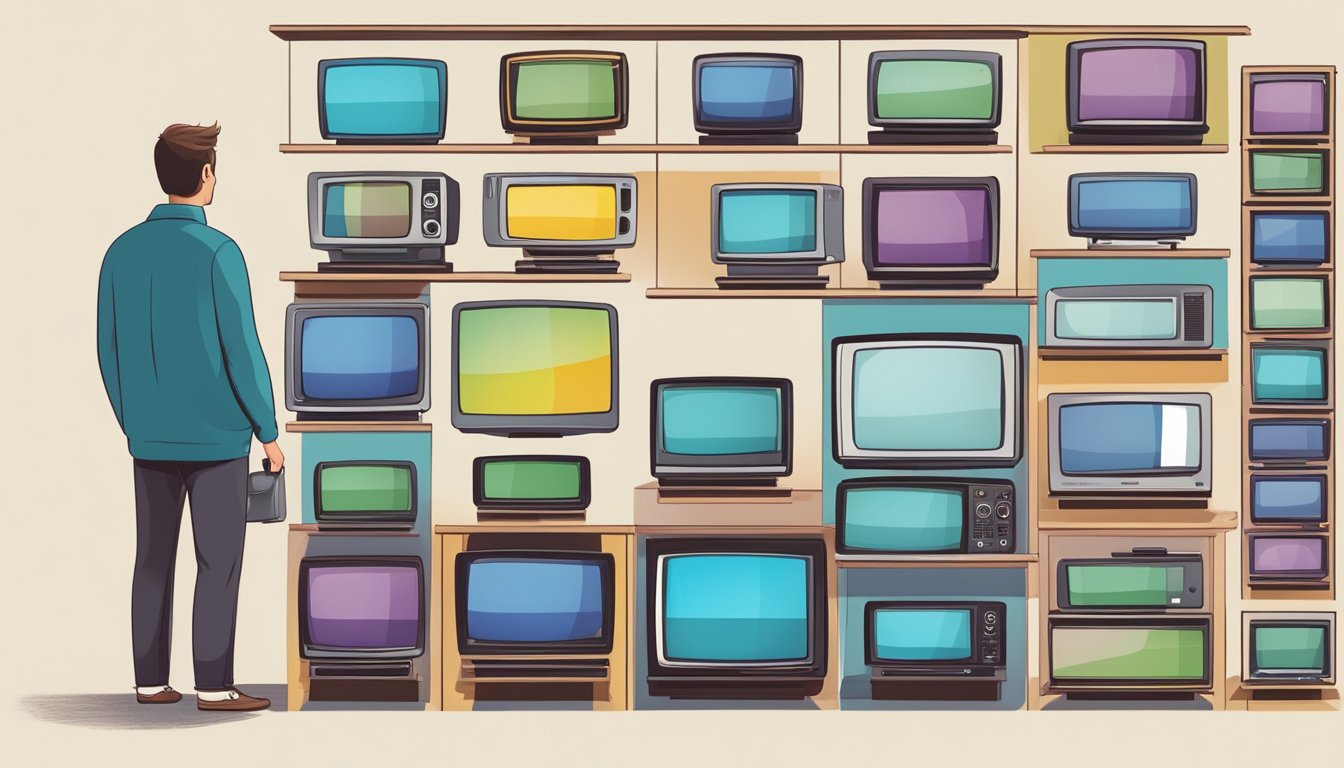
When it comes to choosing the right TV for you, there are a few things you need to consider. From screen size and resolution to additional features, it’s important to weigh up your options to find the perfect TV for your needs.
Considering Screen Size and Resolution
One of the most important things to consider when choosing a TV is the screen size and resolution. If you’re looking for a TV for a smaller room, a 32-inch or 40-inch TV may be suitable. However, if you’re looking for a TV for a larger room, you may want to consider a 55-inch or even a 65-inch TV.
When it comes to resolution, 4K is the new standard, offering four times more detail than HD. If you’re looking for cutting-edge resolution, 8K TVs offer 16 times more detail than HD, making them ideal for larger screens 75″ and above.
Balancing Quality with Price Range
While you want to get the best quality TV possible, it’s also important to consider your budget. You can find budget TV brands that offer great value for money, but they may not have all the features you’re looking for.
If you’re willing to spend a little more, you can find high-quality TVs with additional features such as OLED or LED technology. OLED TVs offer superior picture quality and design, while LED TVs are more affordable and offer excellent value for money.
Exploring Additional Features
When choosing a TV, it’s important to consider additional features such as soundbars and speakers. Soundbars can enhance the audio quality of your TV, while speakers such as Dolby Atmos can provide a more immersive viewing experience.
Other additional features to consider include smart TV capabilities, which allow you to stream content from the internet, and voice control, which allows you to control your TV with your voice.
Overall, when choosing the right TV for you, it’s important to weigh up your options and consider your needs and budget. With the right TV, you can enjoy a high-quality viewing experience that will enhance your entertainment at home.
Frequently Asked Questions
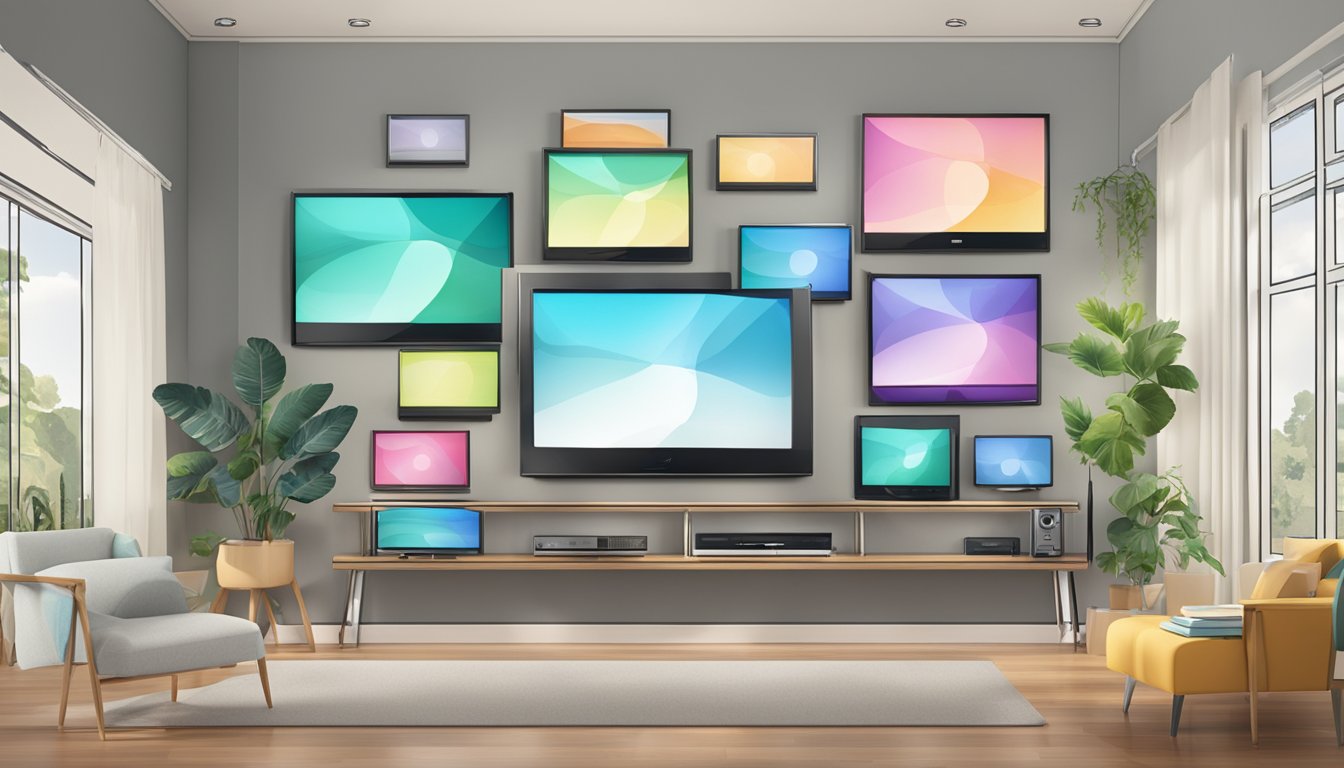
What are the leading television manufacturers on a global scale?
The leading television manufacturers on a global scale are Samsung, LG, Sony, and Panasonic. These brands have been in the industry for a long time and have established their reputation for producing high-quality televisions.
Which television brands offer the best value for money?
Brands such as TCL, Hisense, and Vizio offer the best value for money. These brands provide excellent picture quality and features at a more affordable price point than some of the more established brands.
What are the most reliable television brands for long-term use?
Samsung, LG, and Sony are known for producing reliable televisions that can last for years. These brands have a reputation for using high-quality components and producing televisions that are built to last.
Can you list the top television brands that are trending currently?
The top television brands that are trending currently are Samsung, LG, Sony, and TCL. These brands are known for producing high-quality televisions with the latest features and technology.
Which television brands should consumers generally avoid?
It is best to avoid television brands that are not well-known or established in the market. Brands that offer extremely cheap televisions may not provide the best quality or longevity.
What are the most popular television brands in the smart TV category?
Samsung, LG, Sony, and TCL are the most popular television brands in the smart TV category. These brands offer a wide range of smart features and technology that make it easy to stream content and use apps on your television.
Overall, when choosing a television brand, it is important to consider your budget, the features you want, and the reputation of the brand. With so many options available, you are sure to find a television that meets your needs and provides an excellent viewing experience.




